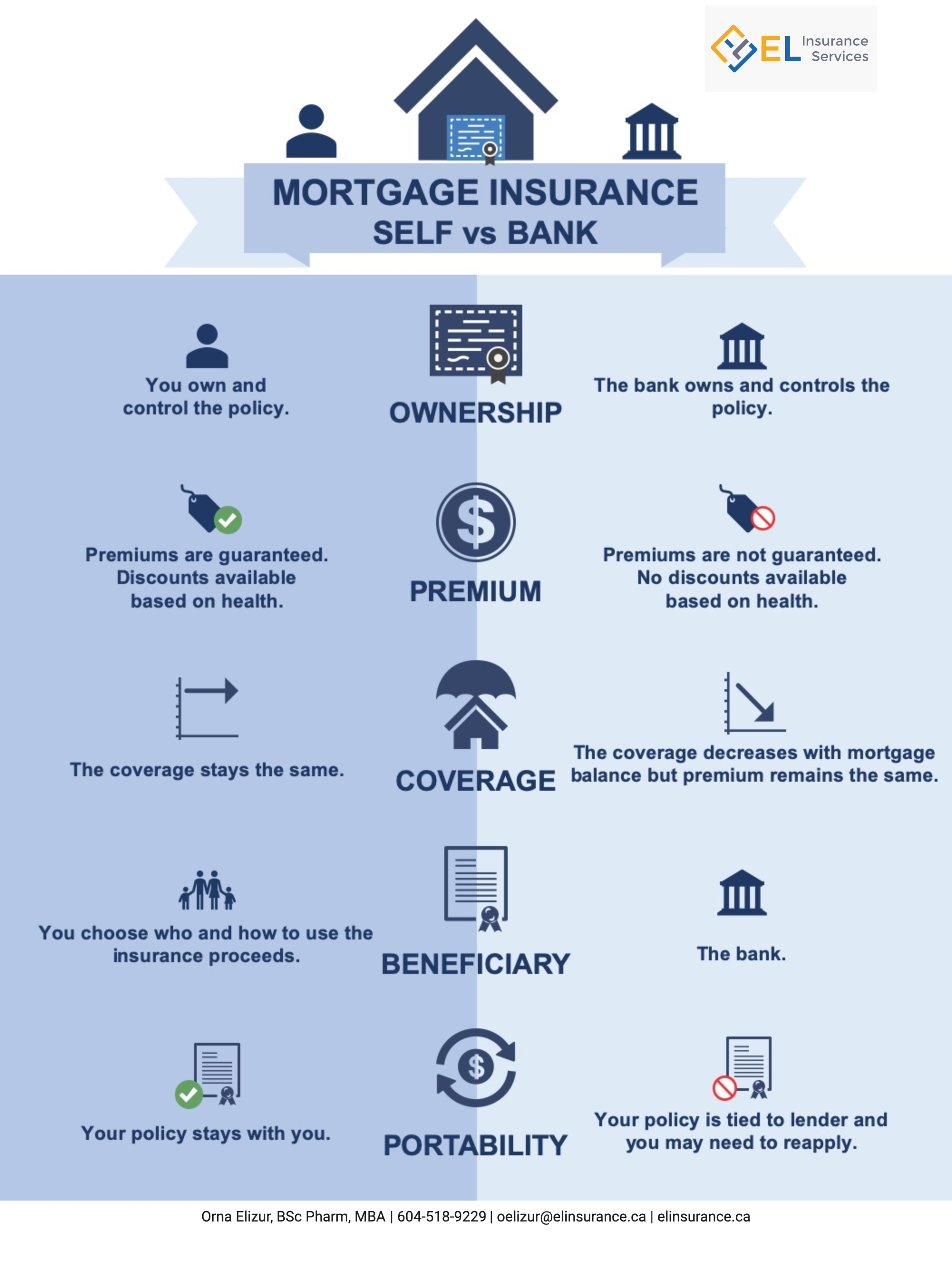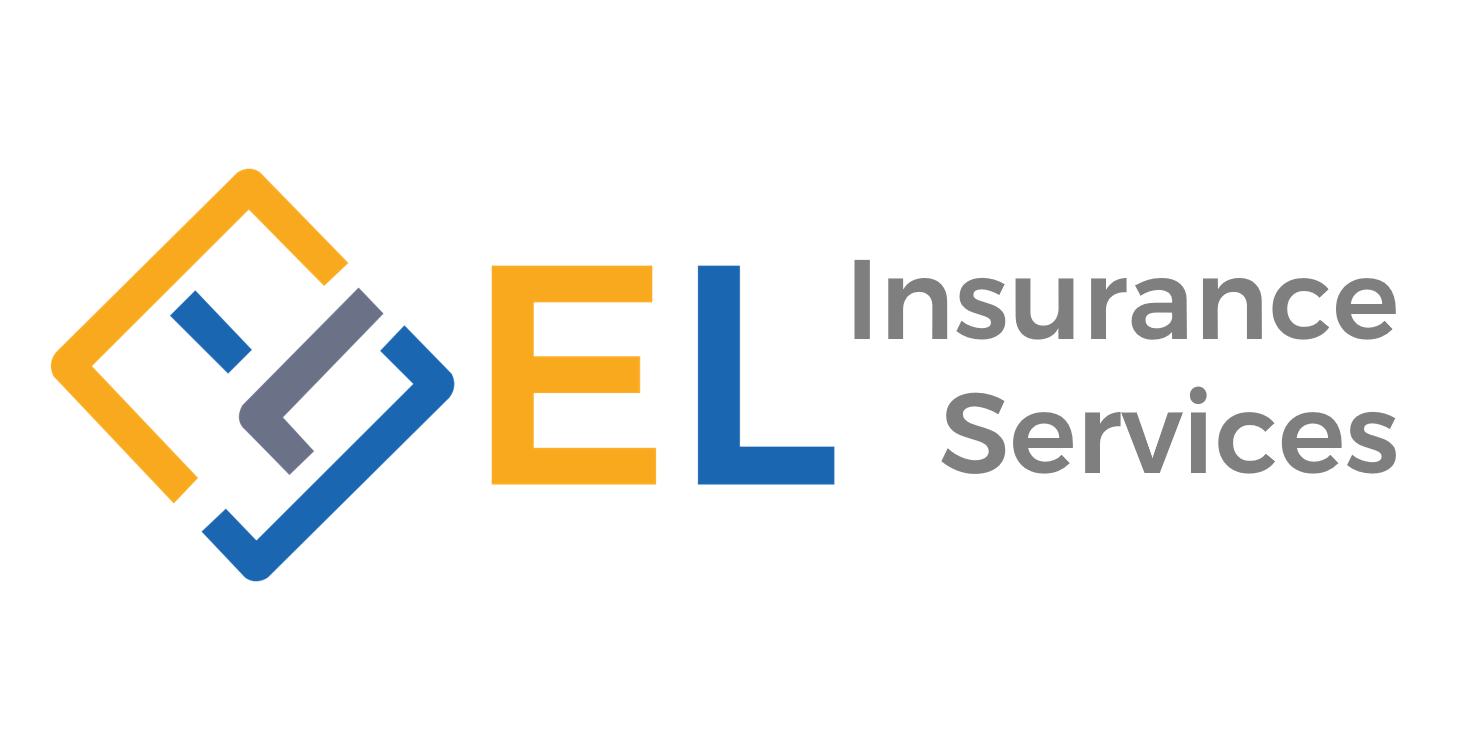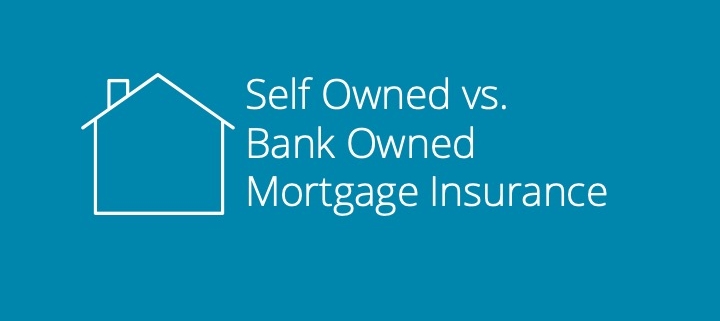Financial Planning Course
/in Business Owners, Families, Financial Planning, individuals, Insurance, investments, Past events, planning, Savings /by Financial Tech ToolsPOSTPONED -Financial Planning and Mindfulness Retreat
/in Business Owners, Families, Financial Planning, individuals, Insurance, investments, Past events, planning, Savings /by Financial Tech ToolsCERB Extended | Business Owners who did not qualify previously – expanded CEBA starts June 19th
/in 2020 Only, Blog, Business Owners, Coronavirus, Coronavirus - Associates, Coronavirus - Practice Owners, Coronavirus - Students, corporate, individuals /by Orna ElizurCERB Extended 2 more months
Great news for Canadians out of work and looking for work. The CERB will be extended another 8 weeks for a total of up to 24 weeks.
As the country begins to restart the economy, the Federal government will be making changes to the program to encourage Canadians receiving the benefit to get people back on the job. From Prime Minister Justin Trudeau’s website:
“The Government of Canada introduced the CERB to immediately help workers affected by the COVID-19 pandemic, so they could continue to put food on the table and pay their bills during this challenging time. As we begin to restart the economy and get people back on the job, Canadians receiving the benefit should be actively seeking work opportunities or planning to return to work, provided they are able and it is reasonable to do so.
That is why the government will also make changes to the CERB attestation, which will encourage Canadians receiving the benefit to find employment and consult Job Bank, Canada’s national employment service that offers tools to help with job searches.”
More small businesses can apply for CEBA $40,000 no-interest loans
Applications for the expanded Canada Emergency Business Account (CEBA) will be accepted as of Friday, June 19th, 2020. Small businesses that are:
“… owner-operated small businesses that had been ineligible for the program due to their lack of payroll, sole proprietors receiving business income directly, as well as family-owned corporations remunerating in the form of dividends rather than payroll will become eligible this week.”
Apply online at the financial institution your business banks with:
-
BMO: https://www.bmo.com/small-business/financial-relief-loc/#/login?PID=MBLBC&language=en
-
National Bank: https://www.nbc.ca/forms/business/covid-emergency-account.html
-
Canadian Western Bank: https://www.cwbank.com/en/news/2020/canada-emergency-business-account-now-available (via phone/email)
There are restrictions on the funds can be used. From their website https://ceba-cuec.ca/:
“The funds from this loan shall only be used by the Borrower to pay non-deferrable operating expenses of the Borrower including, without limitation, payroll, rent, utilities, insurance, property tax and regularly scheduled debt service, and may not be used to fund any payments or expenses such as prepayment/refinancing of existing indebtedness, payments of dividends, distributions and increases in management compensation.”
The Best Way to Buy Mortgage Insurance
/in Blog, Family, individuals, life insurance /by Orna ElizurBefore buying insurance from your bank to cover your mortgage, understand the difference between self owned mortgage life insurance and bank owned life insurance. The key differences are ownership, premium, coverage, beneficiaries and portability.
Ownership:
-
Self: You own and control the policy.
-
Bank: The bank owns and controls the policy.
Premium:
-
Self: Your premiums are guaranteed at policy issue and discounts are available based on your health.
-
Bank: Premiums are not guaranteed and there are no discounts available based on your health.
Coverage:
-
Self: The coverage that you apply for remains the same.
-
Bank: The coverage is tied to your mortgage balance therefore it decreases as you pay down your mortgage but the premium stays the same.
Beneficiary:
-
Self: You choose who your beneficiary is and they can choose how they want to use the insurance benefit.
-
Bank: The bank is beneficiary and only pays off your mortgage.
Portability:
-
Self: Your policy stays with you regardless of your lender.
-
Bank: Your policy is tied to your lender and if you change, you may need to reapply for insurance.
We’ve created an infographic about the difference between personally owned life insurance vs. bank owned life insurance.
Talk to us, we can help.

EL Insurance Services
Orna Elizur, CFP®, BSC PHARM, MBA
Certified Financial Planner Professional
Tel: 604-518-9229
Email: [email protected]





